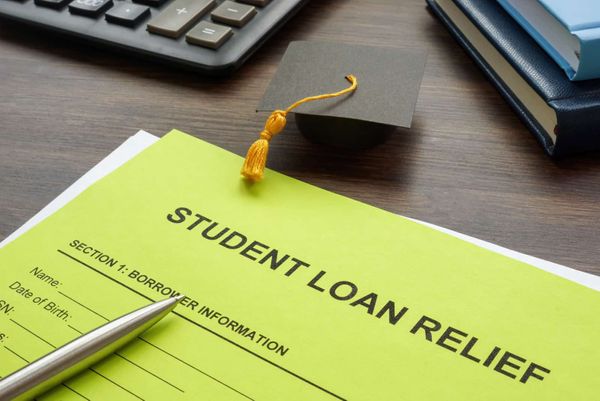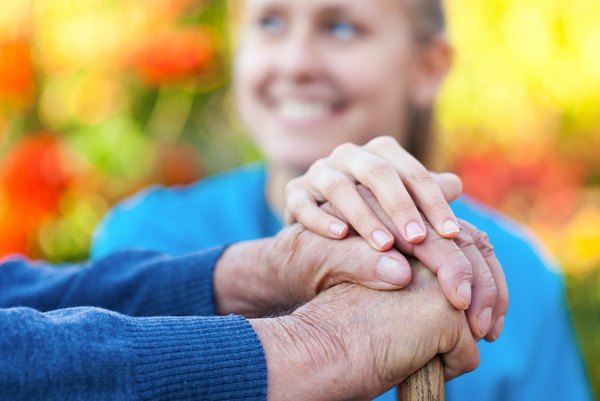Do you or a loved one have a disability? You may be eligible for supportive housing for people with disabilities. Here's everything you need to know.
Everyone deserves a safe place to live. Shelter, after all, is a basic human necessity.
However, things get more complicated for those who are disabled. Houses cost money, and people need to work to make money, but disabilities can affect their ability to work.
Thankfully, there are programs to help provide housing for low-income people with disabilities. Keep reading to learn about Supportive Housing for People with Disabilities (Section 811).
What Is Supportive Housing For People With Disabilities?
This program offers two types of assistance.
The first is aimed at developers who intend to build housing for low-income people with disabilities. The program offers nonprofit companies a no-interest loan that is forgivable as long as the requirements are met for 40 years.
The second type of assistance goes to the tenants themselves. A portion of the program, known as the Project Rental Assistance Contract (PRAC) is designated to help families who can't afford even these low-cost rental units.
Who's Eligible?
The developer must be a nonprofit corporation. They should be building with the intention of providing housing to people with physical or developmental disabilities or who suffer from mental illness.
In order to qualify for the loan forgiveness, the developer must make the housing units accessible for low-income people with disabilities for 40 years. If they breach this agreement, they will be required to pay back either all or part of the loan.
Developers must begin construction within 18 months of reserving their funds. Funds are released once a month as the project advances.
Tenants are eligible for rental assistance if their household income is less than 50% of the local median family income. They are responsible for paying rent and utilities up to about 30% of their income. If this isn't enough to cover their expenses, the PRAC will provide funds to fill in the deficit.
To receive assistance, tenants must sign a contract that adheres to HUD-approved operating budgets. This contract lasts for five years but is renewable.
What Kind of Homes Can Be Built?
As the primary intent is to help provide housing for people with disabilities, the projects don't have to be typical apartment-style buildings. The three main types of housing built under this program are group homes, coop/condo projects, and independent living facilities.
Supportive services are not included in the scope of this program. The project sponsor is responsible for showing the long-term plan for covering the cost of supportive services.
When To Apply?
Money is not available for these programs at all times. Watch for the Federal Register to publish the Notice of Fund Availability. It usually happens sometime during the spring.
Apply to reserve funds at your local HUD field office as soon as the report comes out. Selections are usually announced in September.
A Home of Their Own
Safe, comfortable housing for people with disabilities and their families is essential. Everyone needs a place to call their own.
For some people with disabilities, affording that home can be very difficult. This program helps ensure everyone can afford the housing they need.
Are you looking for more aid for people with disabilities? Check out these seven government grants.






